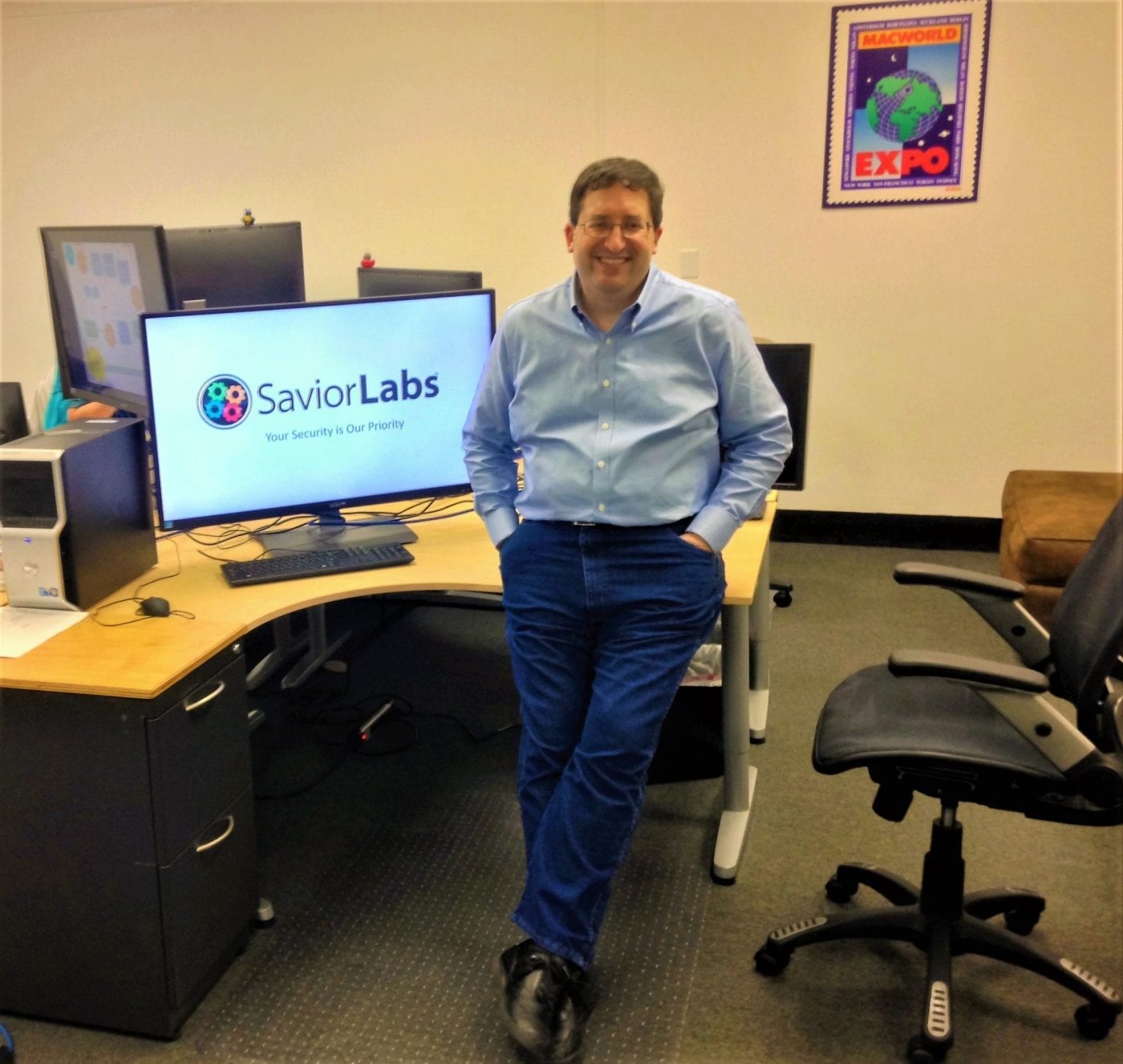Today on the Edge of Innovation, we’re talking about websites and what stops people from updating them.
Page 18 of 108

Nothing is Stopping You From Becoming an Entrepreneur
Today on the Edge of Innovation, we’re talking about entrepreneurship and the challenges that entrepreneurs face.

The Advantage of WordPress
On Episode 29 of The Edge of Innovation, we’re talking about the advantage of WordPress and CMS for business websites. What is a CMS? If you are looking to build a website, WordPress is a CMS that is used by 30% of the internet, and is easy to manage. SaviorLabs can get you set up and running with a world-class website using WordPress.

Ways to Make Small Businesses Better
On Episode 30 of The Edge of Innovation, we’re talking about ways to make small businesses better!

The Apple Has Fallen Far from the Steve
On Episode 28 of The Edge of Innovation, we’re talking about Apple the Iphone 7 taking out their headphone jack.